11 Fast Food Giants Caught in a Trade War Nightmare
Reciprocal tariffs and increased skepticism toward U.S. brands are creating a storm for fast-food chains that have built empires overseas. Even as these brands push aggressive global growth, escalating trade friction is making things unpredictable. Here’s how some fast food giants are feeling the heat from a conflict far beyond the kitchen.
KFC
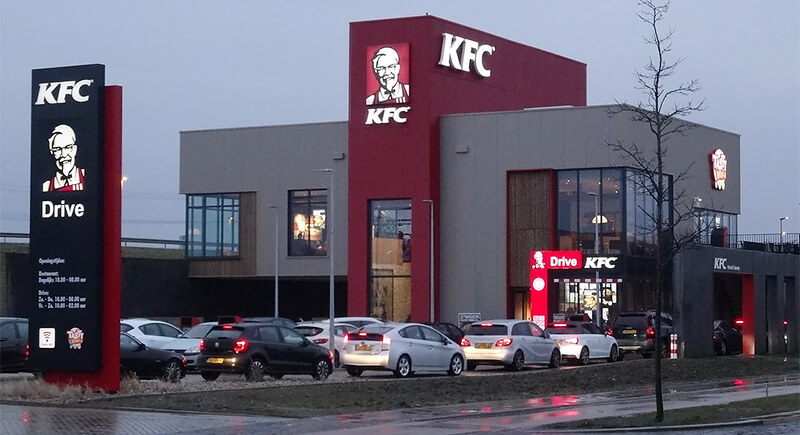
Credit: flickr
KFC may face increased ingredient costs as a result of new import duties, potentially leading to pricier meals or adjustments to its menu. Additionally, the influx of low-cost American chicken backed by subsidies could flood the market, harming local farmers and enticing fast-food giants to opt for the cheaper imports instead.
Taco Bell
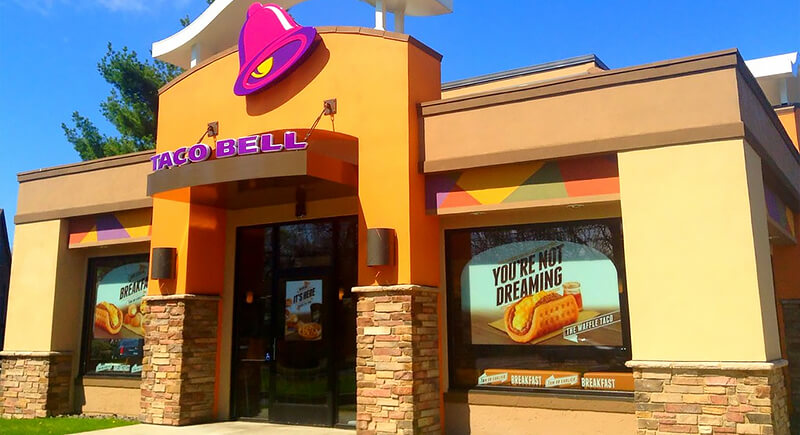
Credit: flickr
The bold plan to reach 3,000 international stores by 2030 is becoming increasingly challenging for this Tex-Mex chain. Pushback against U.S. brands can manifest subtly—through delayed permits, withdrawn leases, and stalled negotiations. Taco Bell may find itself stuck waiting on governments that show little interest in approving expansion.
Starbucks
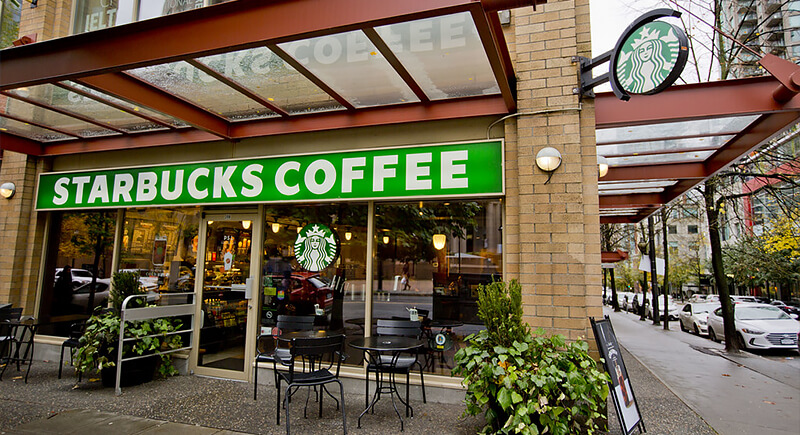
Credit: flickr
Following President Trump’s tariff announcement in April 2025, Starbucks shares have dropped roughly one-fifth. The coffee giant is facing pricing pressure because it sources Arabica beans mostly from Brazil and Colombia. With 10% tariffs kicking in, its bean sourcing expenses may rise.
Domino’s
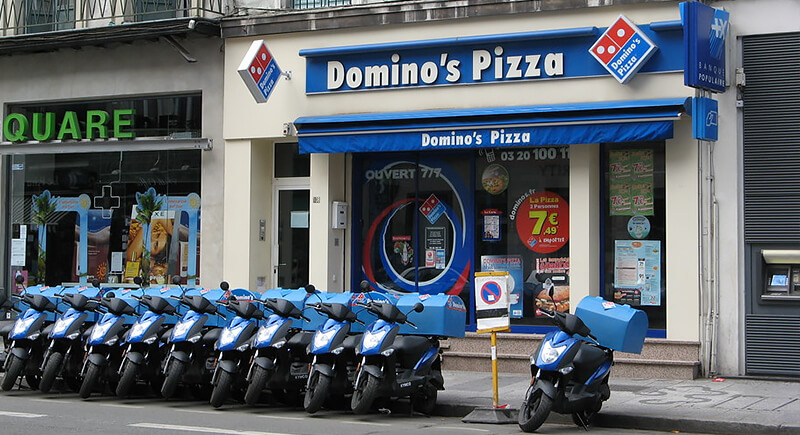
Credit: flickr
International success helped Domino’s post reliable growth. Delivery sales dip in the first quarter, but carryout orders get a boost because of budget-conscious customers. Amid economic worries tied to tariffs, people are seeking more wallet-friendly options, and grabbing pizza to-go is becoming an easy way to save a few bucks.
McDonald’s
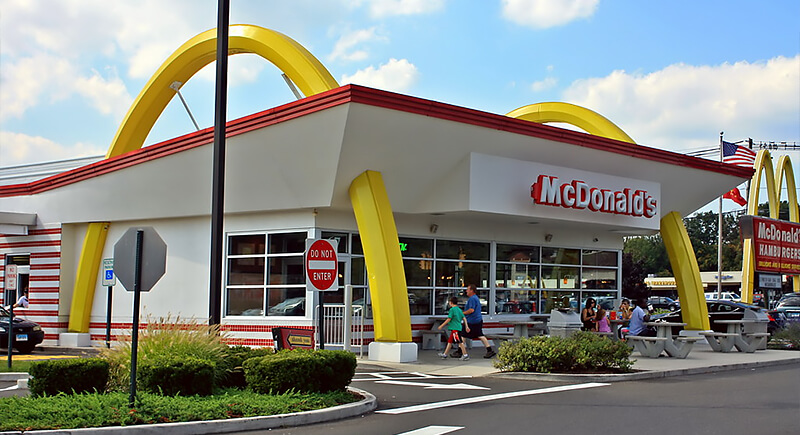
Credit: flickr
The goal is clear—50,000 restaurants by 2027. However, McDonald’s may hit more red tape than ribbon-cuttings with increased operating costs. Big Macs alone are up 21% since 2019, and full meals have jumped 27%, forcing customers to tighten their spending, and the chain is scrambling to keep up.
Burger King
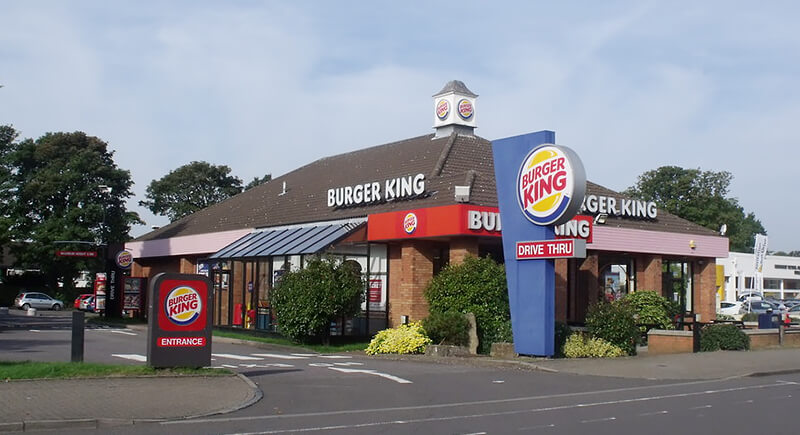
Credit: flickr
Thanks to new 10% tariffs, Burger King could be in for some serious beef trouble. The chain sourced nearly 400,000 tonnes from Australia last year, and with New Zealand beef also facing challenges, burger costs may spike, and export logistics could worsen.
Chipotle
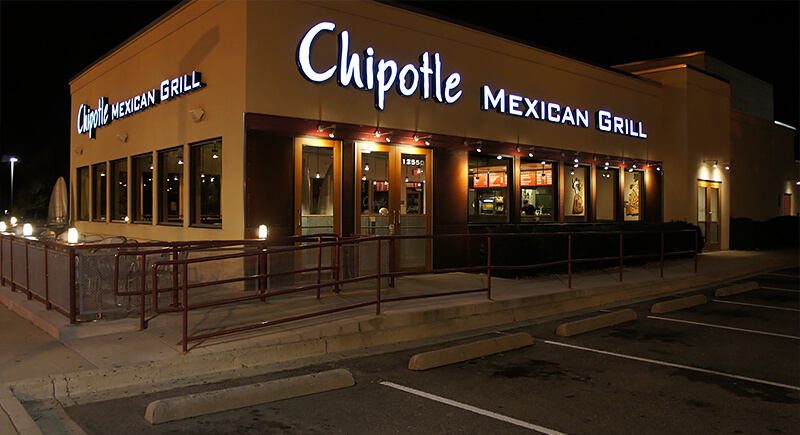
Credit: flickr
Chipotle relies on domestic suppliers for most items and draws from regions such as Florida, California, and Arizona. However, since it also imports tomatoes, peppers, and a few other items from Mexico and China, the massive 104% tariff on Chinese imports may significantly impact its supply chain.
Wendy’s
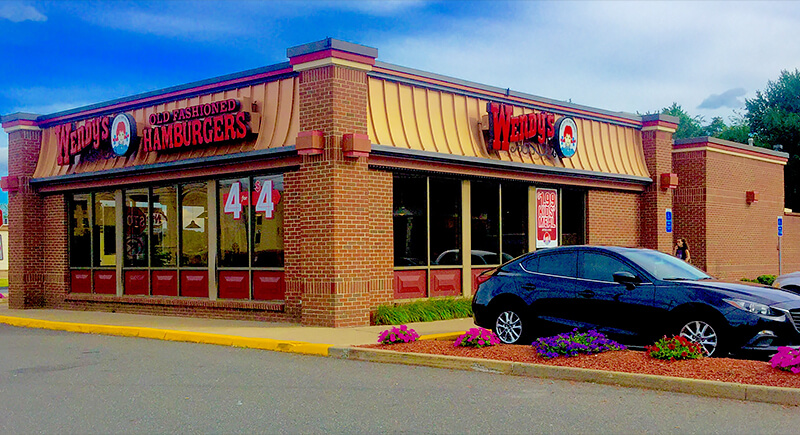
Credit: flickr
Wendy’s may use local beef, but it still feels the squeeze because it uses palm oil from places like Indonesia, facing a 32% tariff. The company says it does not use much palm oil globally, but it is still part of a few U.S. and Canadian menu items.
Tim Hortons
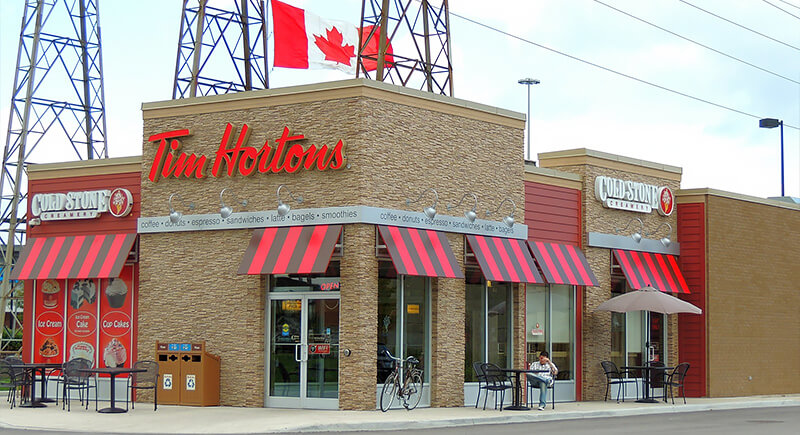
Credit: flickr
Tim Hortons gets its beans from Colombia and Guatemala, and roasting them in the U.S. could tack on a 10% cost hike as a result of added duties. Their Canadian-sourced eggs are safe for now under the U.S.-Mexico-Canada Agreement, but any change there could mean more expensive morning meals.
Krispy Kreme
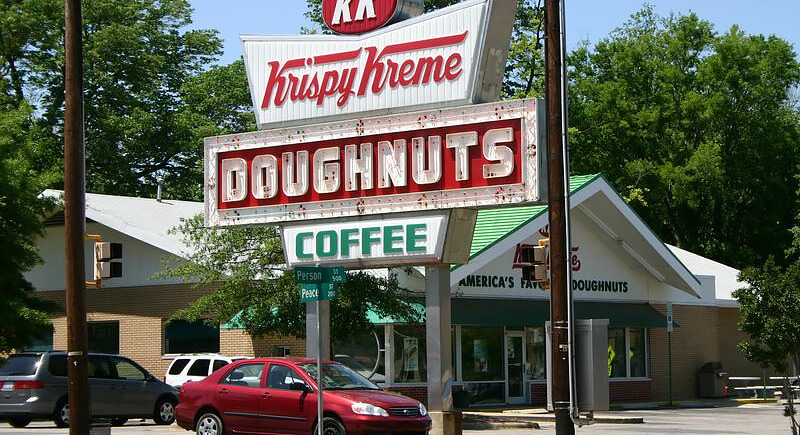
Credit: flickr
After President Trump rolled out “reciprocal tariffs” with a 10% minimum rate, Krispy Kreme shares slipped 9.4%. While the doughnut chain’s stock is known for its wild swings, with 19 big moves in 2024, the dip shows investors are taking the news seriously, but not panicking.
Dunkin’
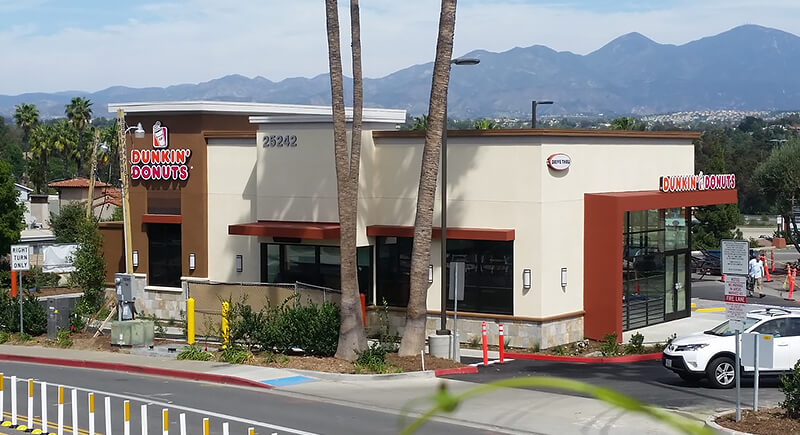
Credit: flickr
Dunkin has come a long way since its Open Kettle days, shifting from donuts to coffee and battling giants like Starbucks. However, with most coffee beans coming from Brazil and Colombia, duties may drive costs further up. Coffee was already hitting $7.38 per pound before tariffs added more fuel.
Papa Johns
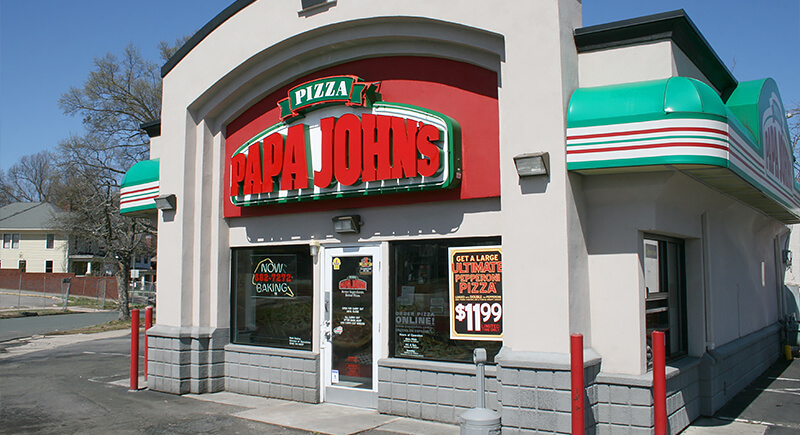
Credit: flickr
Papa John’s is feeling the pressure after a rough fourth quarter in 2024, with comparable sales slipping 4% from the year before. As the third biggest pizza name in the US, behind Domino’s and Pizza Hut, the chain knows it needs to make some serious moves to bounce back.
P.F. Chang’s
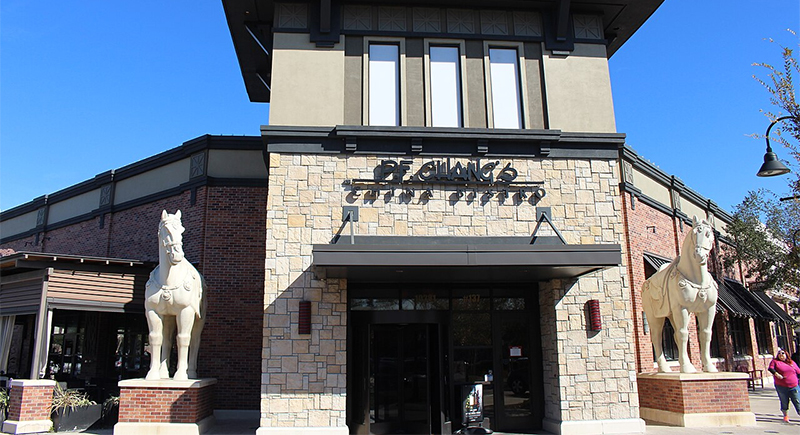
Credit: Wikimedia Commons
Even a giant like P.F. Chang’s, pulling in nearly $1 billion a year, is under strain from rising import costs from tariffs. Their menu leans heavily on imported specialty foods, many from China, now facing hefty 145% surcharge. Rising costs on basics like rice, seafood, and spices is likely to cut into margins.
Jollibee (U.S. Chains)
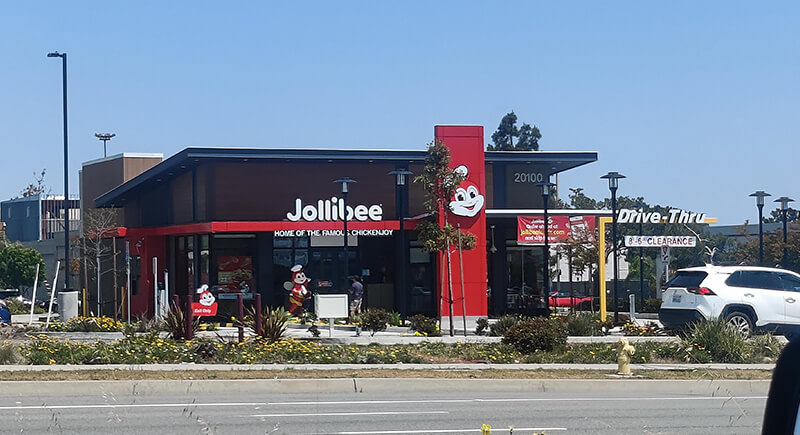
Credit: Reddit
Jollibee Foods Corp. says it should mostly dodge the trade war drama since its North American stores rely on regional suppliers. Still, the fast-food giant is going full throttle on expansion, planning to spend up to Php 21 billion or $373 million this year to grow its footprint around the world.
Subway
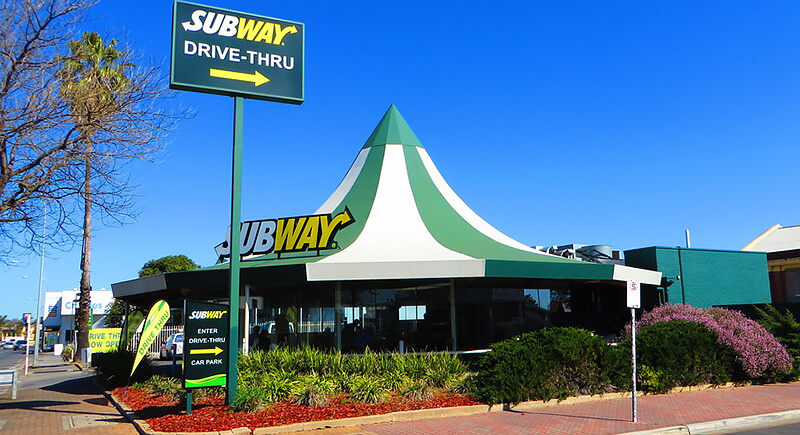
Credit: flickr
Subway has been struggling with slumping sales, and new import fees may make things worse. While some Canadian and Mexican supplies remain unaffected, any changes could hit hard. Plus, rising food packaging costs from Asia-Pacific could mean higher prices for customers and more stress for franchise owners.